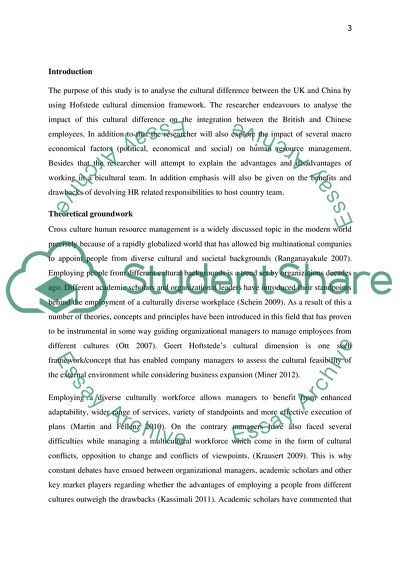Cite this document
(Cross culture and human resource management 03014 Essay, n.d.)
Cross culture and human resource management 03014 Essay. https://studentshare.org/human-resources/1868790-cross-culture-and-human-resource-management-03014
Cross culture and human resource management 03014 Essay. https://studentshare.org/human-resources/1868790-cross-culture-and-human-resource-management-03014
(Cross Culture and Human Resource Management 03014 Essay)
Cross Culture and Human Resource Management 03014 Essay. https://studentshare.org/human-resources/1868790-cross-culture-and-human-resource-management-03014.
Cross Culture and Human Resource Management 03014 Essay. https://studentshare.org/human-resources/1868790-cross-culture-and-human-resource-management-03014.
“Cross Culture and Human Resource Management 03014 Essay”. https://studentshare.org/human-resources/1868790-cross-culture-and-human-resource-management-03014.


